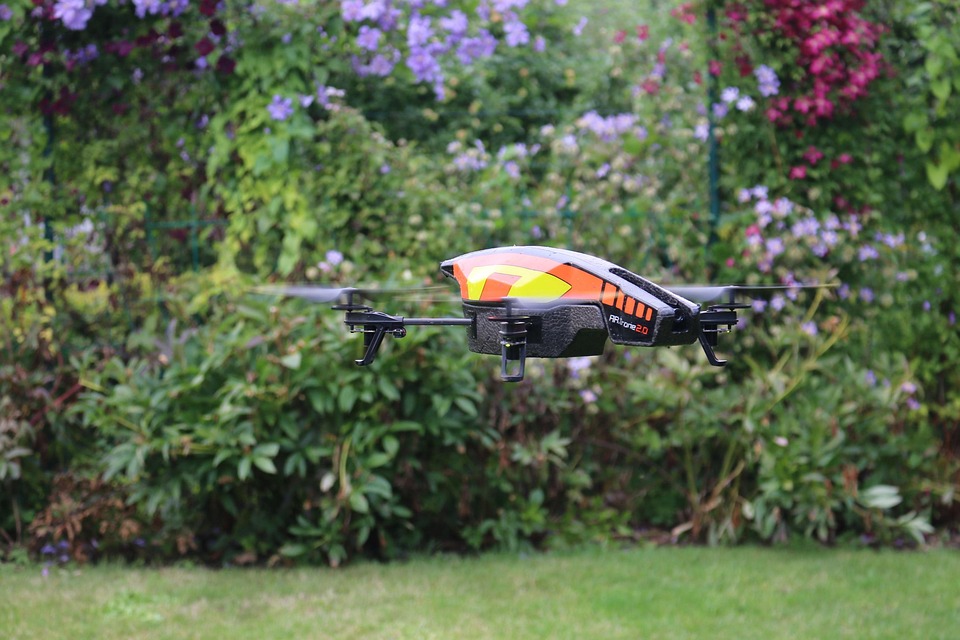Augmented Reality (AR) technology has often been spotlighted for its applications in gaming, with viral sensations like Pokémon GO capturing global attention. However, the potential of AR extends far beyond the gaming realm, infiltrating various sectors and transforming everyday experiences. From enhancing education to revolutionizing retail, AR is redefining how we interact with the world. Here’s a closer look at some of the innovative applications of AR in everyday life.
1. Education and Training
Interactive Learning Environments
AR has the potential to revolutionize education by creating more immersive learning environments. Students can engage with 3D models of historical events, scientific concepts, or anatomical structures directly in their classroom. For instance, platforms like zSpace allow students to visualize complex models, enhancing comprehension and retention. Medical students can practice surgical techniques in a simulated environment, giving them hands-on experience without real-world consequences.
Workforce Training
Beyond traditional education, AR facilitates training in various industries, offering employees interactive simulations that prepare them for real-life scenarios. For instance, companies in manufacturing can employ AR to guide employees through equipment assembly, minimizing errors and improving efficiency.
2. Healthcare Innovations
Enhanced Patient Care
Healthcare providers are increasingly integrating AR to improve patient care. Surgeons can use AR glasses to overlay critical information—like 3D organ models or patient vitals—onto their field of vision during operations. This capability allows for heightened precision and insight, potentially reducing complications.
Patient Education
AR also aids in educating patients about their conditions. For example, applications can visualize the anatomy of a patient’s heart, making complex information accessible and understandable. This fosters better communication between healthcare providers and patients, leading to informed decision-making.
3. Retail Revolution
In-Store Enhancements
AR in retail provides customers with enhanced shopping experiences. For example, furniture retailers like IKEA utilize AR to allow customers to visualize how a piece of furniture would look in their homes before purchase. Through smartphone applications, shoppers can see furniture placed in their spaces, helping them make more informed choices.
Virtual Try-Ons
Cosmetics and fashion brands are leveraging AR for virtual try-ons, enabling customers to test products without physical application. Apps like Sephora’s Virtual Artist allow users to see how different makeup looks will appear on their own faces, reducing the hassle of returns and promoting customer satisfaction.
4. Art and Cultural Experiences
Immersive Exhibits
Museums and art galleries are incorporating AR to enhance visitor experiences. By using AR apps, attendees can learn more about exhibits through interactive storytelling, animations, and additional context that traditional plaques cannot convey. This fusion of technology and culture elevates the visitor experience, making it more engaging and informative.
Street Art and Public Spaces
Emerging projects are blending AR with street art, allowing viewers to see animations or additional information about murals when viewed through a smartphone. This dynamic interaction encourages local artists and promotes community engagement.
5. Navigation and Travel
Smart Navigation
AR is transforming navigation, particularly in unfamiliar environments. Applications like Google Maps enable users to switch to AR mode, providing real-time directions overlaying the real world. This feature enhances spatial awareness and aids in making quicker decisions in complex urban settings.
Cultural Touring
Travelers can use AR applications to enhance city tours, where smartphones overlay historical facts, images, or animations on landmarks as they explore. This not only enriches the travel experience but also promotes cultural education.
6. Home and Lifestyle Integration
Smart Home Management
AR can streamline daily home management. Smart home apps use AR to overlay information about appliances, lighting, or security systems, helping users control their environment more intuitively. For instance, pointing a smartphone at a smart thermostat can display its current settings and options for adjustment without navigating through various menus.
Fitness and Wellness
AR applications in fitness can create virtual trainers that guide users through workouts in real-time, using their living room or outdoor environment as a gym. This personalization increases motivation and engagement in maintaining a healthier lifestyle.
Conclusion
The innovative applications of Augmented Reality in everyday life demonstrate its transformative potential beyond gaming. From enhancing educational experiences to revolutionizing retail and healthcare, AR technology is reshaping how we interact with our environments and access information. As AR continues to evolve, its integration into daily life promises to create a more interactive and enriched world, facilitating both personal growth and community engagement. The future of AR is bright, and its possibilities are only limited by our creativity and willingness to embrace this transformative technology.



